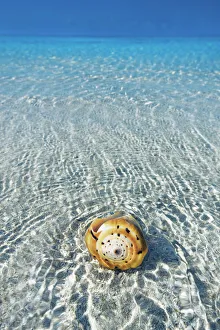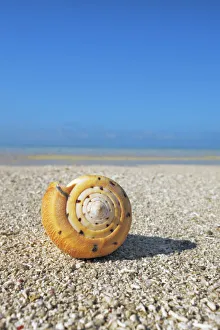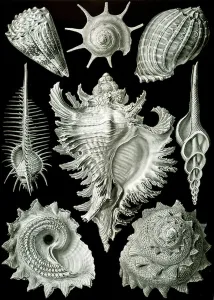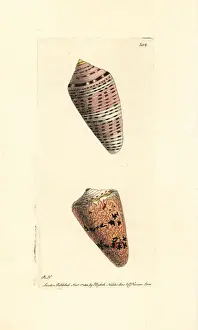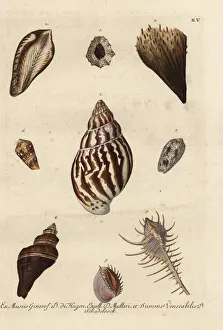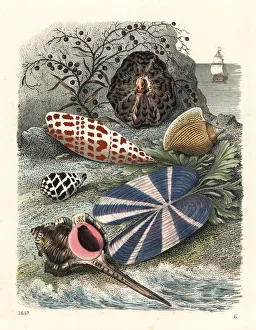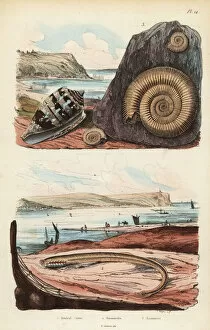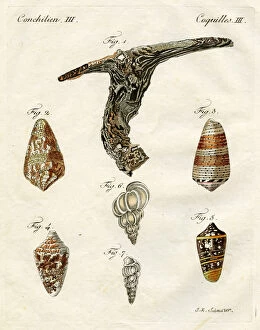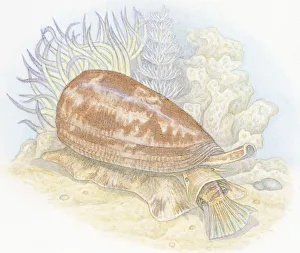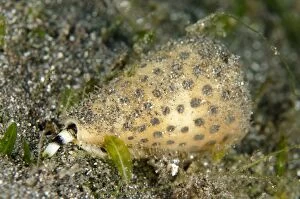Conus Collection
"Exploring the Enigmatic Beauty of Conus: From Rembrandt's Art to Tropical Lagoons" Dive into the captivating world of Conus
All Professionally Made to Order for Quick Shipping
"Exploring the Enigmatic Beauty of Conus: From Rembrandt's Art to Tropical Lagoons" Dive into the captivating world of Conus, a genus of marine snails renowned for their stunning shells. In Rembrandt's masterpiece "The Shell (Conus marmoreus), " he immortalized the allure and intricacy of these natural wonders back in 1650. Transporting us to idyllic tropical lagoons, images capture Conus snails gracefully dwelling in the crystal-clear waters of Maldives' South Male Atoll, specifically Mahaanaelhihuraa - Rihiveli. Their vibrant presence adds a touch of exoticism to this paradise on Earth. Delving deeper into scientific illustrations from centuries past, we encounter examples from Ernst Haeckel's seminal work "Kunstformen der Natur" (1899). These colorful lithographs showcase various Prosranchia species, highlighting the diversity within prosobranch gastropods. Further exploring historical engravings, we uncover hand-colored illustrations dating back to 1790. One such artwork portrays Conus Ammiralis in all its glory—its intricate patterns and striking colors mesmerizing viewers throughout history. Subspecies like Summus and Cedonulli are also depicted with equal artistry. Amongst these illustrious renditions emerges another fascinating member—the Tulip cone (Conus tulipa). Its elegant shape resembles that of a delicate flower petal, adding an enchanting twist to this already diverse family. Noteworthy mentions go out to other members like Orange flag and cobweb cone shells—a testament to nature's artistic prowess—and Admiral cone varieties including high admiral and cedo nulli. Each shell possesses unique characteristics that make them stand out amidst their peers. As we marvel at these specimens collected over time, it becomes evident why conchologists find themselves captivated by Conus.





